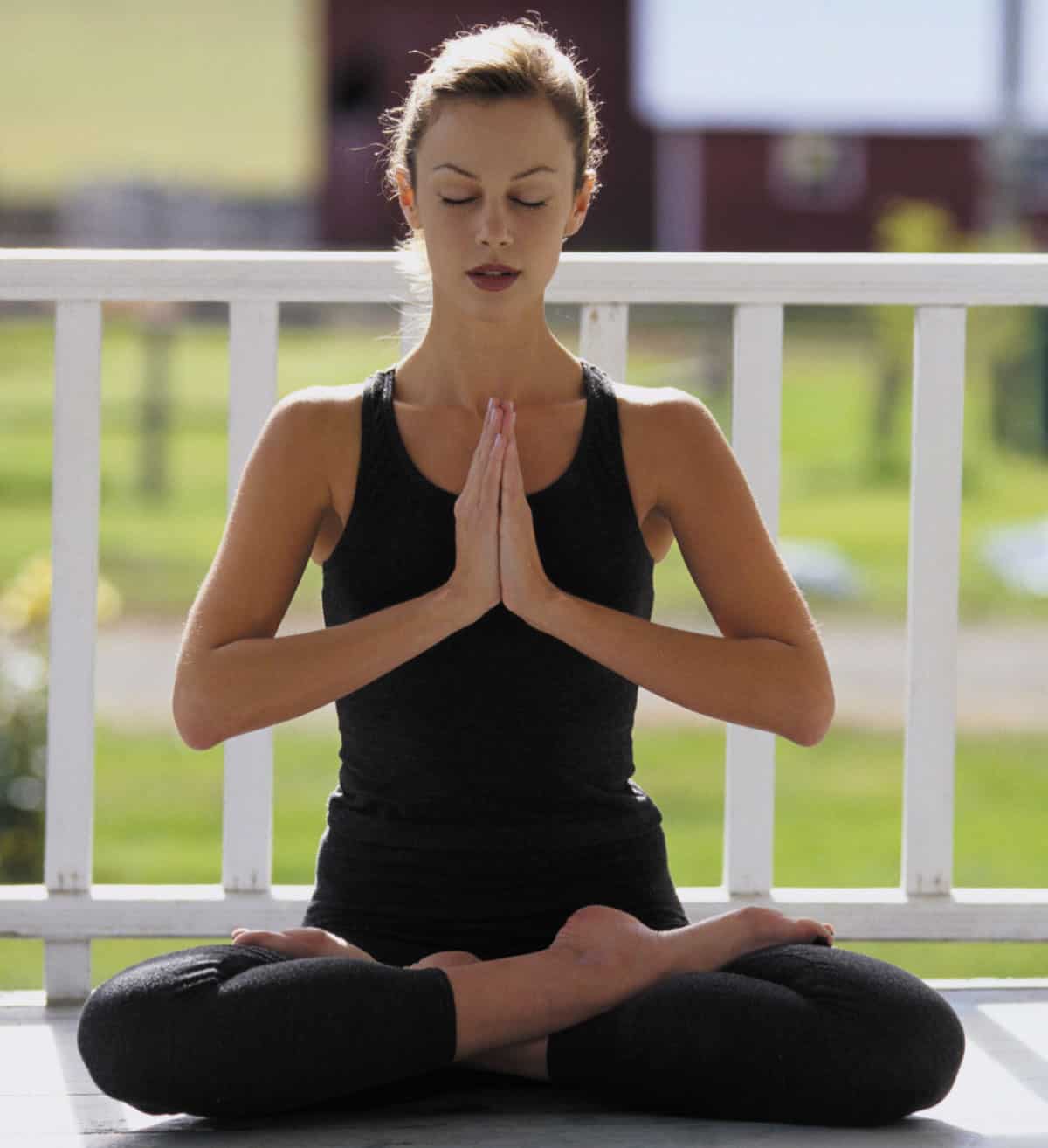The aches and pains of arthritis can really disrupt regular life and finding productive ways to help eliminate pain is an important step towards feeling happier and healthier. In the past, doctors might have warned against trying yoga. Today the thinking has changed. Keep reading to answer the question will yoga help my arthritis?
Instead of damaging joints, the practice of yoga teaches some of the most important components to being mindful about one’s body and knowing productive ways to exercise it, rather than sticking with lifestyle choices that might cause more pain and damage. One of the best parts about yoga for arthritis sufferers is that, compared to expensive medicines and personal trainers, it’s a rather straightforward and budget-friendly activity. Learning the right breathing while in yoga class does more than simply assist in the exercises while in the moment; it also provides for a simpler way to calm down in all situations. For anyone who is feeling a bit stressed out or overwhelmed because of medical ailments or troubles in general, just the simple breathing exercises taught in a yoga class can considerably help out with any medical needs and mental quieting.
For those suffering from arthritis, it’s important to know what kind of yoga to choose. Any reputable yoga clinic or center will not recommend deep sweat or hybrid forms of yoga that involve too much physical strain. In fact, yoga purists in general say that there is no point with that kind of stress on the body, as traditional yoga methods give just as much of a workout without needing to push people in an aggressive manner.
For those who are looking into yoga for the first time, a great place to start is with Gentle Yoga. This methodology focuses on slower movements, rather than stressful positions. By focusing on strengthening muscles and learning to properly stretch, Gentle Yoga often makes it a lot easier for first-timers to get into the flow of yoga. Using a mat, Gentle Yoga gets students on the floor for that “authentic” yoga experience, too, making those working out feel quite accomplished. For traditional names for gentle yoga practices, Anusara yoga and hatha yoga are two of the safest ways to begin the practice.
While choosing the right kind of yoga to practice is part of the equation for those with arthritis pains who want a change of pace, it is also helpful to understand what it is that yoga actually does to improve matters. Essentially, those dealing with arthritis pain are really dealing with a lack of fluid between joints, meaning that bones are rubbing together. Because the poses for yoga make it possible to stretch not just muscles, but joints, the fluid can make its way back to where it needs to be, allowing for considerable relief. And learning to discipline one’s body to do this full-time means that the pain of arthritis can considerably lessen over time.
For those for whom the medicines and diet changes aren’t doing enough, the decision to try out yoga can be one of the most relieving and fulfilling choices in the fight against arthritis pain. But more than just increasing lubrication between bones and working on stretching and breathing, yoga can provide an amount of energy and happiness for practitioners that manages to help them in other areas of life, not just in the struggle against bone and joint pain.
Like what you’ve read? Click here to subscribe to the blog!


My officemate is suffering from arthritis, and I think I’ll share this with him. Yoga poses stretch both muscles and joints so that the fluid can make its way back between the joints, stopping them from rubbing together. Such informative article! Thanks!